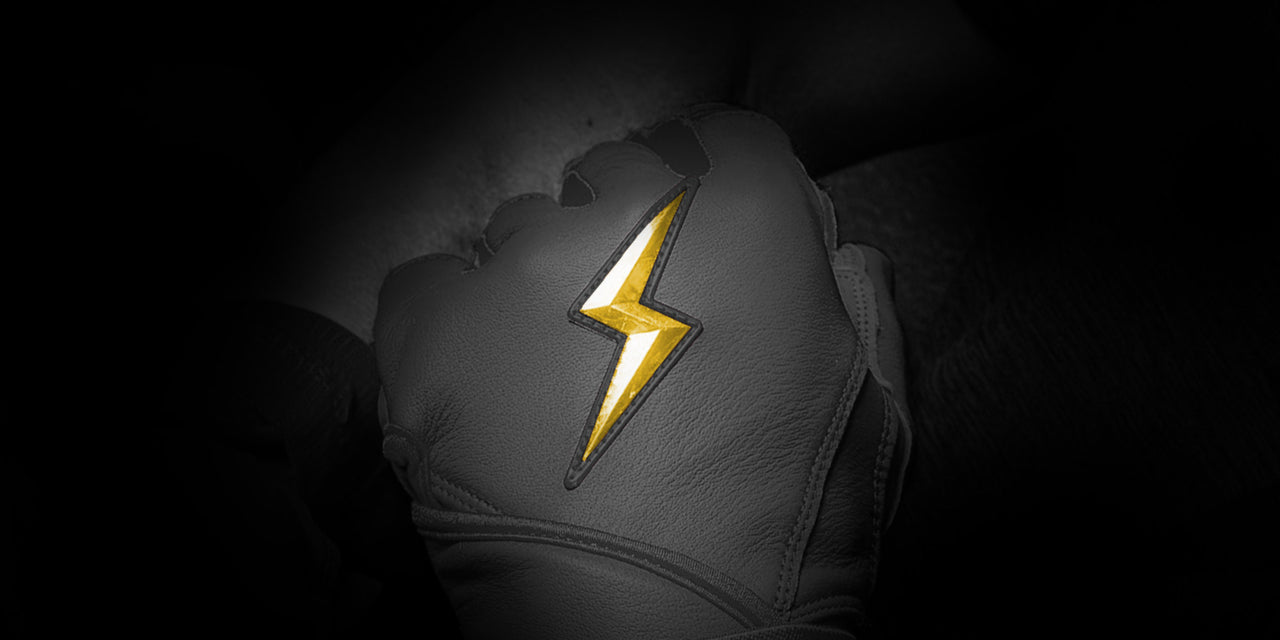The Short Answer: The hit-by-pitch rule is a regulation that awards first base to the batter if they are struck by a pitched ball while standing in the batter's box.
While the basic definition of this rule is straightforward, the intricacies of the rule often lead to confusion for many fans and players alike. This confusion arises from the different applications of the rule. That is, the enforcement of when a base is awarded, and when it isn't, complicates what seems to be a straightforward decision. Aside from just creating confusion, misunderstanding can also lead to critical on-field mistakes and lost opportunities. It's crucial that players and coaches, from the MLB right down to Little League, understand this rule not just to avoid arguments, but to know how to use it to their advantage during play.
Understanding the Hit-by-Pitch Rule
The hit-by-pitch rule, in essence, is not as black and white as it may appear. This rule is a fantastic example of the dynamic nature of baseball rules. Thankfully by dissecting its elements, it becomes easier to navigate. Let's jump right in.

When a Base Isn't Awarded
There are situations, as stipulated in the rule book, where a base isn't awarded. Say the batter's arm extends into the strike zone and is hit by the pitch; the umpire calls a "dead ball strike." Or consider the scenario where the batter tries to swing, misses, and gets hit by the pitch; in this instance, a strike is also called and no base is awarded.
The Role of the Batter
The batter also plays a pivotal role in the application of the rule. If the pitch is on the inside and hits the batter, but if the batter does not attempt to avoid it, it's still considered a "dead ball" and a ball is added to the batter's count but there's no base reward. This can get tricky and I will explain why. A great example is when a batter tries to avoid the pitch (like they are told to do) by ducking and the ball instead strikes their bat. This, unfortunately for the batter, is deemed a foul ball and a strike.
The Umpire's Judgement
Like any other rule called at the plate, this rule's application primarily falls on the shoulders of the home plate umpire. The umpire must quickly make a judgment call whether the pitch was in the strike zone when it hit the batter if the batter attempted to avoid being hit, and whether the batter tried to swing at the pitch.
Tactical Usage of the Hit-by-Pitch Rule
Baseball is a game of strategies and the hit-by-pitch rule isn't immune to these clever tactics. Pitchers may intentionally incorporate a hit-by-pitch into their game to control the batter's dominance at the plate.

Brushback Pitches
Throwing brushback pitches is a strategic move pitchers use to keep batters from crowding the plate. In some instances, some pitchers who frequently use this tactic earn the title of a headhunter. Keep in mind, intentionally throwing at a batter is dangerous and against the rules.
Plunking
Occasionally, if a player is having an extraordinarily good day or is displaying unsporting behavior, a pitcher may intentionally hit a batter to knock him down a peg. This strategy is often concealing it as a curve ball that slipped their control, commonly referred to as "plunking." The intent behind these pitches is often more about sending a message rather than intending harm. The opposing team usually hits the next batter in retaliation for this act, which can lead to incidents on the mound and sometimes bench-clearing brawls.
Warnings & Consequences
If an umpire suspects that the pitcher's intent was to hit the batter, they issue a warning to the pitcher and both the awat and home team managers. Following this warning, if another pitch is thrown aiming at the batter, the pitcher and the manager of the offending team risk immediate ejection from the game.
Famous Instances of the Hit-by-Pitch Rule

Record Holders
Across different leagues and eras, many players have made their mark in this aspect. For example, Choi Jeong of the Korea Baseball Organization holds the world record with a staggering 328 hit-by-pitches. In the MLB, the record for most career hits by a pitch is held by Hughie Jennings, who was hit 287 times between 1891 and 1903. Since then, the closest any MLB player has gotten to Hughie is Craig Biggio of the Houston Astros, who had 285 by the end of the 2007 season before he retired.
There Goes My Perfect Game
The Hit-by-Pitch rule has also had more direct impacts on games. Incredibly, perfect games have been broken up three times by the 27th batter being hit by a pitch: Hooks Wiltse, Max Scherzer, and Joe Musgrove. In all three instances the pitcher wound up with a no-hitter rather than a perfect game because of hitting a batter.
Tragic Incidents
While many famous instances of the rule have been humorous or dramatic, the rule has also been a part of more somber moments. Despite the sport's safety measures, tragedy struck the baseball community when Ray Chapman of the Cleveland Indians was hit in the head by Carl Mays in August 1920. Devastatingly, Chapman passed away the following morning as a result of the injuries sustained, a sobering reminder of why protective equipment and an understanding of the rule is critical.
Protecting Yourself at the Plate with BRUCE BOLT
BRUCE BOLT's protective gear, including elbow guards, hand guards, and leg guards, provides the ultimate defense against the impact of a hit-by-pitch. These high-quality pieces of equipment are designed to keep you safe, allowing you to focus on your performance without worrying about nagging injuries.
So what are you waiting for? Explore our range of products today and invest in your safety on the field. Visit our protective collection and gear up with BRUCE BOLT to stay protected and play with confidence.

